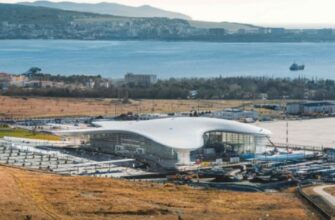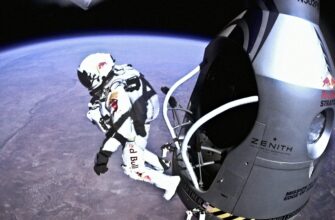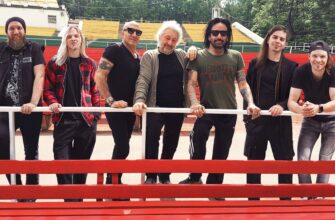The tragic loss of Air India Flight 171, a Boeing 787 Dreamliner, near Ahmedabad, India, reignited a fiery debate within the global aviation community: Should video cameras be installed in aircraft cockpits? This isn`t just about adding another piece of equipment; it`s a fundamental question pitting the pursuit of ultimate safety against deeply held concerns about privacy and professional trust.
The Imperative for Understanding
Reports from the ill-fated Air India flight, which tragically claimed 279 lives shortly after takeoff, suggested a perplexing scenario: the captain reportedly cut fuel to both engines. Such an action, requiring a deliberate pull-and-switch motion, mystified investigators. While cockpit voice recorders (CVRs) captured the second pilot`s panic and the captain`s calm demeanor, they offered no visual confirmation of the actions taken. This void in information underscores the argument for a visual record.
Advocates for cockpit video recorders (VDRs) argue that a visual log would significantly enhance accident investigations, providing critical context that audio alone cannot convey. Consider the 2023 Robinson R66 helicopter crash in Australia, where a video recorder proved invaluable. The footage revealed the pilot was “occupied with non-flight related tasks, specifically using a mobile phone and consuming food and beverages” for a substantial period. Such indisputable visual evidence can quickly clarify human factors, operational procedures, and even mechanical issues, potentially shortening investigation times and leading to more precise safety recommendations.
Privacy vs. Progress: A Contentious Divide
However, the concept of a constant, unblinking eye in the cockpit is met with strong resistance from pilots and some segments of the aviation industry. Andrei Litvinov, a seasoned Russian Airbus A320 commander, articulated this sentiment vividly: “The idea was not to investigate what pilots were doing in case of an incident. The idea was to monitor pilots — who`s reading a newspaper, who`s dozing off, who`s doing what else, what conversations they`re having. Imagine, a `Big Brother` program where everyone stares at what you`re doing.” He argues that such surveillance would create a “nervous atmosphere,” hindering crew performance over long flights.
This perspective highlights the very human element of aviation. Pilots operate under immense pressure, and their cockpit is not just a workspace, but a highly confined, intensely focused environment for hours on end. The psychological impact of being constantly recorded, potentially having every glance and gesture scrutinized, is a significant concern. Will it lead to stifled communication, increased stress, or simply a less natural, more performative environment?
Beyond the Black Box: Are VDRs a Panacea?
Existing flight data recorders (FDRs) meticulously log hundreds of parameters, from engine thrust to control surface positions, offering a comprehensive technical picture of a flight. CVRs capture ambient sounds and crew conversations, providing a crucial auditory narrative. Many argue that these systems, continually refined, already provide sufficient data for accident reconstruction.
Alexander Kochetkov, CEO of Golden Sky Leasing, offers a more cynical view: “It will help in the investigation, but it will not help prevent the situation. The very presence of a video recorder does not discipline pilots; it will not oblige pilots to do something additionally more correctly than they do now; it will not eliminate any bad thoughts in the pilot`s head.” He points to enduring mysteries like Malaysia Airlines Flight MH370, where a video recorder might not have provided definitive answers to a deliberately concealed or unexplainable event. The implication here is that if a pilot harbors malicious intent or makes a fundamental error, a camera won`t magically avert disaster.
Furthermore, the technical implementation is far from simple. Installing VDRs isn`t akin to plugging in a dashcam. It requires extensive redesign of cockpit equipment, ensuring multiple camera angles and seamless integration with existing systems, all at a substantial cost that aircraft manufacturers are reluctant to bear without compelling regulatory mandates.
The Unanswered Questions
The debate also touches upon the legal ramifications. Could a visual record influence the outcome of court cases? The 2019 SSJ-100 crash at Sheremetyevo, where the pilot Denis Evdokimov received a six-year sentence, serves as a stark example. His defense argued equipment malfunction after a lightning strike led to erratic aircraft behavior. Had a camera been present, it might have shed definitive light on pilot actions versus equipment response, potentially altering the legal narrative.
Navigating the Skies Ahead
The discussion around cockpit video recorders is complex, touching upon technology, psychology, ethics, and legal precedent. While the emotional weight of air disasters pushes for every possible measure to enhance safety, the practicalities and potential unintended consequences of constant surveillance demand careful consideration. The aviation industry faces the delicate task of balancing the profound need for comprehensive accident investigation with the deeply ingrained professional trust and privacy expected by those at the controls. Whether the skies of tomorrow will feature an unblinking eye remains a subject of intense, ongoing debate.








